Preparing for winter weather with a new roof is a wise investment that can help protect your home from the harsh conditions that come with the colder months. A well-maintained roof not only keeps you warm and dry but also helps improve energy efficiency and reduces the risk of costly damage. Here are some steps to consider when getting a new roof for winter weather preparedness:
- Assess Your Roof’s Condition: Start by evaluating the current condition of your roof. Look for signs of damage such as missing shingles, leaks, or sagging areas. If your roof is in poor shape, it may be time for a replacement.
- Choose the Right Roofing Material: Selecting the right roofing material is crucial for withstanding winter weather. Asphalt shingles are a common choice due to their durability and affordability. However, metal roofing, slate, or clay tiles can also provide excellent protection against winter conditions, although they may be more expensive.
- Hire a Professional Roofing Contractor: Finding a reputable roofing contractor is essential for a successful roof replacement project. Look for experienced professionals who are licensed, insured, and have a good track record of quality work. Obtain multiple quotes to compare prices and services.
- Insulation and Ventilation: Proper insulation and ventilation are key factors in maintaining a comfortable and energy-efficient home during winter. Ensure your roofing contractor includes adequate insulation and proper ventilation as part of the roofing project to prevent ice dams and heat loss.
- Ice and Water Shield: Consider installing an ice and water shield membrane beneath your roofing material. This provides an extra layer of protection against ice dams and leaks. It’s especially important in regions prone to heavy snowfall.
- Gutters and Downspouts: Clean and inspect your gutters and downspouts to ensure they are clear of debris. Proper drainage is essential to prevent ice buildup and water damage during winter.
- Trim Overhanging Branches: Trim any overhanging branches that could potentially damage your new roof during winter storms. Falling branches or ice-laden limbs can cause significant harm.
- Snow Removal Plan: Have a plan in place for snow removal. You may need to hire professionals or invest in snow removal tools like roof rakes to prevent excessive snow accumulation, which can lead to roof damage.
- Regular Roof Maintenance: After your new roof is installed, commit to regular maintenance. Inspect it periodically for any signs of damage or wear and make necessary repairs promptly to avoid more extensive problems down the line.
- Emergency Preparedness: As part of your overall winter preparedness, assemble an emergency kit that includes essentials such as flashlights, blankets, non-perishable food, and a portable heater in case of power outages or severe weather conditions.
Investing in a new roof and taking these precautions will help you prepare for winter weather and ensure that your home remains safe, comfortable, and energy-efficient during the cold months. Regular maintenance and prompt repairs will extend the life of your roof and protect your investment in the long run.

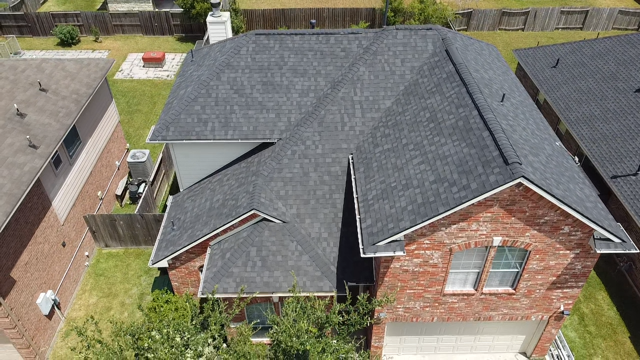
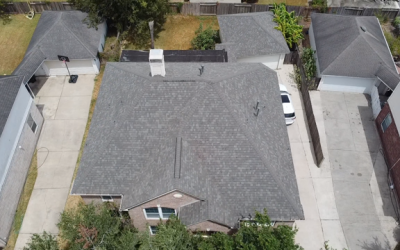
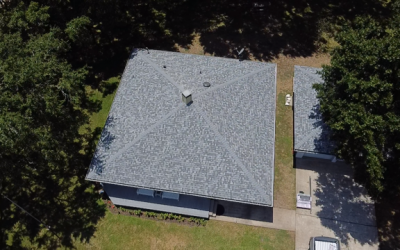
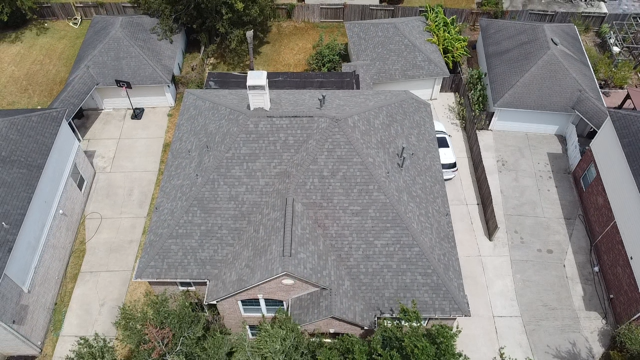

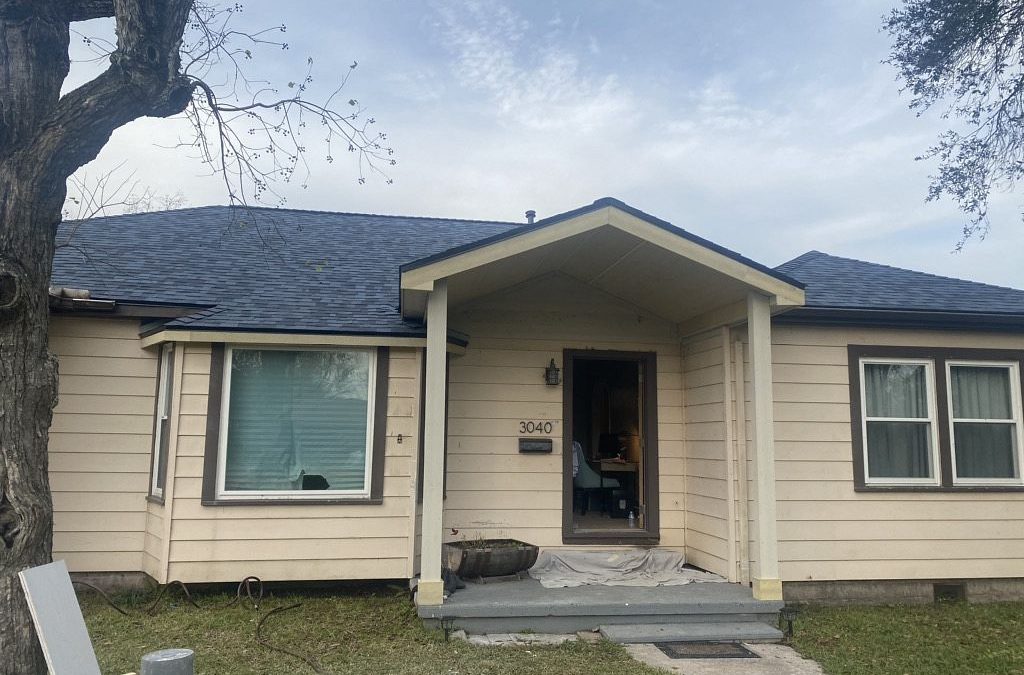
0 Comments